Part 1 : Tower of Publication
In the “Tower of Publication,” the characteristics of Japanese children's books translated into foreign languages identified through the compilation of the Translation DB will be discussed first. After introducing you to the oldest book (No.3) and the second oldest book (No.4) in the Translation DB, we will look at the countries and regions where Japanese children's books have been translated and published from the 1960s to the present day, which is divided into three separate periods. Next, some will be introduced to clearly show the diversity of the countries and regions that have imported Japanese children’s books as well as the wide acceptance of such books in many continents and regions. This is followed by the introduction of the five countries and regions (South Korea, Taiwan, China, the United States, and France) that have translated and published the most Japanese children’s books, based on the Translation DB. Lastly, focus will be given to translations of nonfiction works by category (such as natural science and social science).
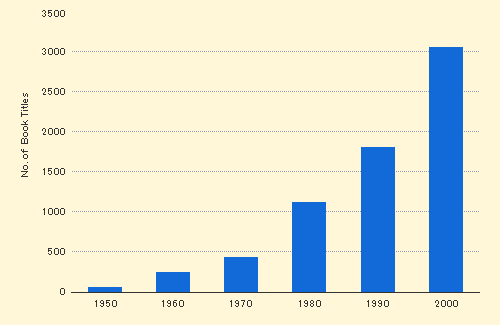
| Period | 1950s | 1960s | 1970s | 1980s | 1990s | 2000s |
|---|---|---|---|---|---|---|
| Number of Titles | 3 | 91 | 450 | 1135 | 1781 | 3023 |


< Chapter 1 > Characteristics Observed in Each Period and the Expansion of Countries/Regions of Destination
Characteristics by period: the 1960s to 1970s
Japanese children's books were first introduced to foreign countries by publishers in the 1960s to the early 1970s. They came to attention at world book fairs held in Bologna and Frankfurt. The publishers that played a trailblazing role in sending Japanese children's books to such exhibitions were Shiko-Sha and Fukuinkan Shoten Publishers. More than 60% of Japanese children's books translated into foreign languages during this period were from those two publishers.
In the 1960s, translated versions of Japanese children’s books were published mainly in Western countries, including the United States, the United Kingdom, Germany and Denmark. Shiko-Sha introduced picture books written by Yutaka Sugita (No.5), Sekiya Miyoshi (No.6), and Chihiro Iwasaki to foreign countries. Works introduced by Fukuinkan Shoten Publishers included a picture book (No.7) co-authored by Chiyoko Nakatani and Eriko Kishida, who were active in the magazine “Kodomo no tomo,” a picture book (No.8) co-authored by Rieko Nakagawa and Yuriko Omura, and a fairy story (No.9) written by Momoko Ishii. Kaiseisha translated the picture book series titled “Sekai ohanashi ehon” into various foreign languages.
In the 1970, Shiko-Sha and Fukuinkan Shoten Publishers more actively introduced Japanese children’s books into foreign countries and regions, followed by the publishers Gakken and Kodansha.


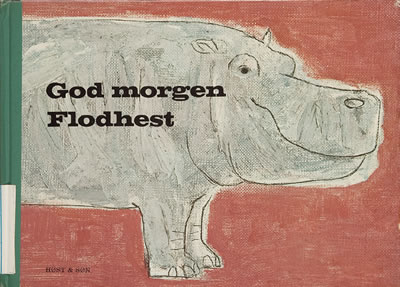
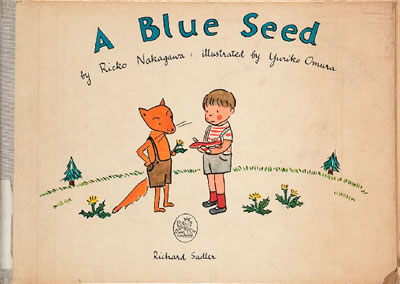

Characteristics by period: the 1980s to the 1990s
The period from the 1980s to the 1990s saw an increase in the number of translations of works other than picture books and literature. Japanese publishers started to translate and sell children’s science picture books and children’s science book series in foreign countries. They include “Kagaku no arubamu” published by Akane Shobo; “Kara-ban shizen to kagaku” by Iwasaki Shoten; “Kagaku no tomo” by Fukuinkan Shoten Publishers; “Froebel no kagaku ehon” by froebel-kan; and the “Poplar-sha no jikken/kansatsu series” by Poplar Publishing.
Meanwhile, many picture books with animals as leading characters were translated into many foreign countries, including “Kumata-kun no ehon” (No.10) written by Shigeo Watanabe and illustrated by Yasuo Otomo; 14-hiki series (No.11) by Kazuo Iwamura; “Koneko-chan Ehon” (No.12) by Yoko Imoto; and Donkuma-san series (No.13) written by Chizuko Kuratomi and illustrated by Kozo Kakimoto.
The publication of translated Japanese children’s books in the United States, France, United Kingdom, and Germany peaked in the 1980s, and then went into gradual decline. In Asia, in contrast, their numbers were on the rise. In the 1980s, South Korea, in addition to the United States and France, stood out in terms of publication numbers. In the 1990s, Taiwan showed a rapid increase in the number of publications of Japanese children’s books, gaining second place after South Korea.


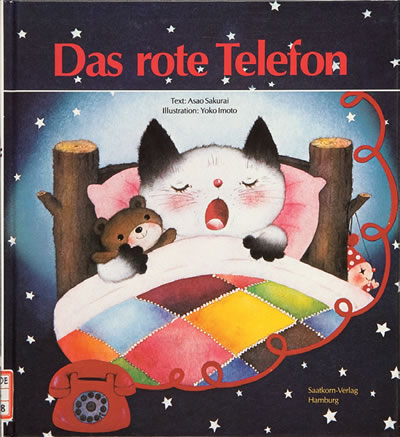
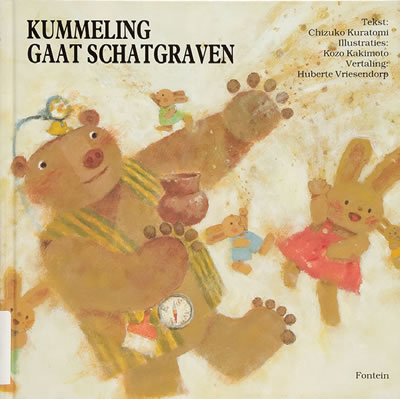
Characteristics by period: the 2000s to the present
In the 2000s, France continued to translate and publish many Japanese children’s books, whereas the United States, the United Kingdom, and Germany saw a rapid decline in their publication numbers. In contrast, publication numbers increased dramatically in Asian countries, especially in South Korea. In addition to South Korea and Taiwan, an increase in publication numbers has been seen in China and Indonesia.
This tendency can be largely attributed to political democratization, economic development, and printing technology advancement. Another factor behind the increase in the number of Japanese children’s books translated and published in Asian countries is a lower language barrier than in western countries. An increasing number of nursery tales and fantasy books have been translated and published in Asian countries.
Since the 1990s, Poplar Publishing has steadily increased the number of children’s books translated for publication in foreign countries, and in the 2000s it overtook Fukuinkan Shoten Publishers, to take the leading spot. Publications by Poplar Publishing include “Kuma-kun no akachan ehon” (No.17) written and illustrated by Yoko Saki, and the Tyrannosaurus Series (No.18) written by Tatsuya Miyanishi. At Poplar Publishing, a vast majority of children’s books translated and published in foreign countries went to South Korea, China and Taiwan.

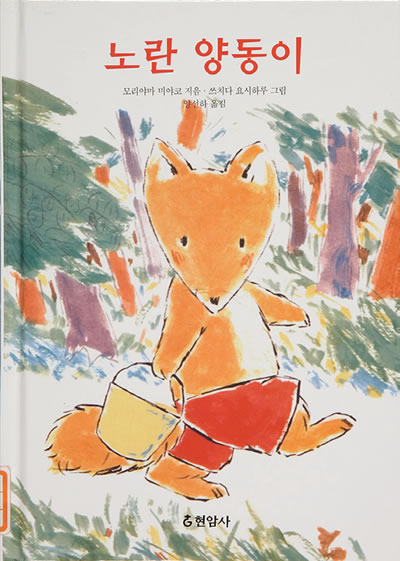



Japanese children’s books that spread into various parts of the world
The ILCL’s Translation DB covers 56 countries and regions excluding Japan. Japanese children’s books have also been translated and published in countries with which we are less familiar, such as Venezuela (No.19), Israel (No.20), Sri Lanka (No.21) and Greece (No.22). Some works were translated in many European nations, some only in Asian countries, and some only in one nation. In contrast, there are some works translated in many parts of the world. For example, “Okinamono no sukina osama” was translated and published in the United States, the United Kingdom, Netherlands, Switzerland, Denmark (No.24), Finland, France, Norway, China (No.25), and South Africa. “Kingyo ga nigeta” was translated in the United States (No.26), the United Kingdom, South Korea, Taiwan, and Egypt (No.27).
By country/region, South Korea had the highest number with 2,177 translation works, followed by Taiwan with 1,206 and China with 537. The top three were all Asian nations and regions, and the United States ranking fourth with 501 works, and France fifth with 486 works.
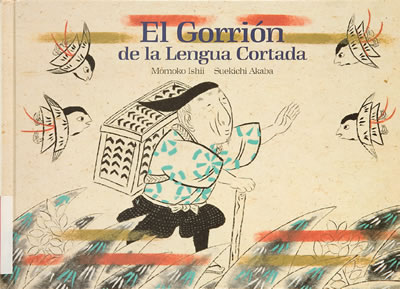
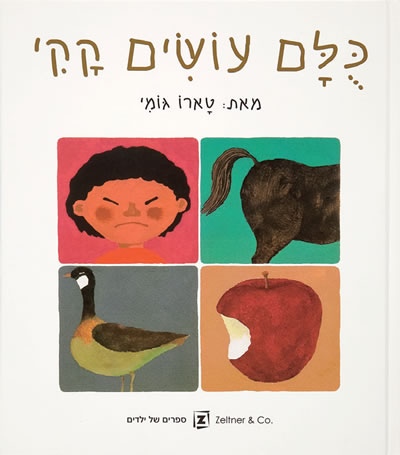
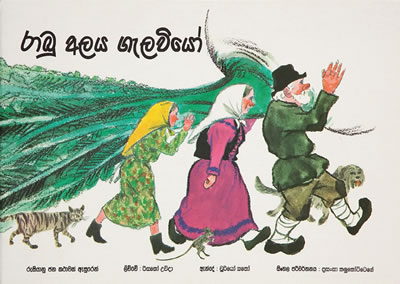
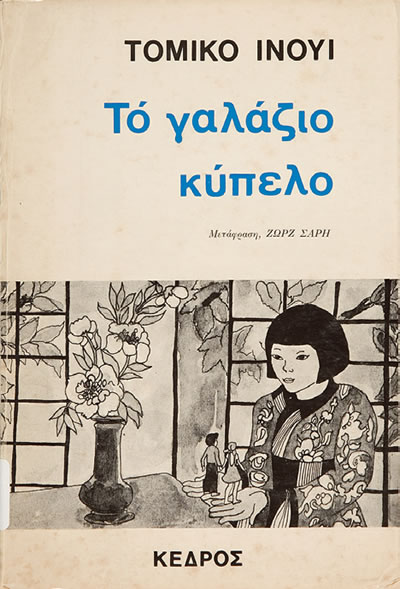
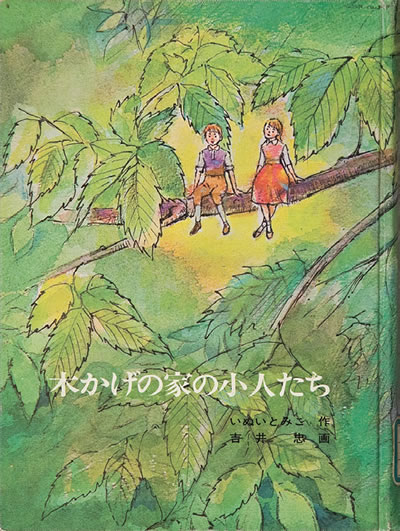
Ranking of the number of overseas publications of Japanese children’s books by country/region
| Ranking | Country/region | No. of book titles |
|---|---|---|
| 1st | South Korea | 2177 |
| 2nd | Taiwan | 1206 |
| 3rd | China | 537 |
| 4th | United States | 501 |
| 5th | France | 486 |
| 6th | Indonesia | 300 |
| 7th | United Kingdom | 249 |
| 8th | Germany | 233 |
| 9th | Thailand | 198 |
| 10th | Hong Kong | 104 |
| Ranking | Country/region | No. of book titles |
|---|---|---|
| 11st | Netherlands | 94 |
| 12nd | Italy | 78 |
| 13rd | Denmark | 70 |
| 14th | Spain | 67 |
| 15th | Finland | 50 |
| 16th | Sweden | 45 |
| 17th | Singapore | 34 |
| 18th | Switzerland | 32 |
| 19th | India | 22 |
| 19th | Australia | 22 |


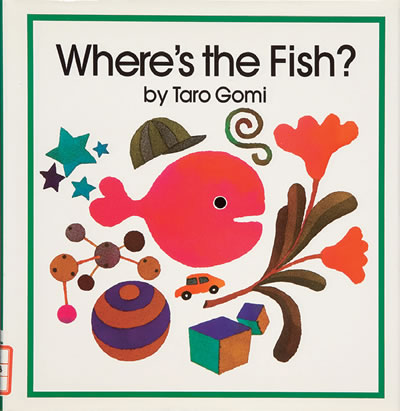
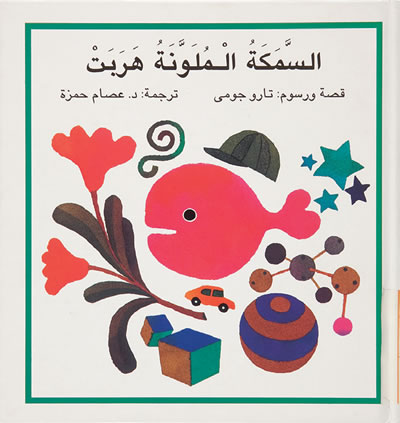
For copyright reasons, images of some books are not available in this electronic exhibition.

